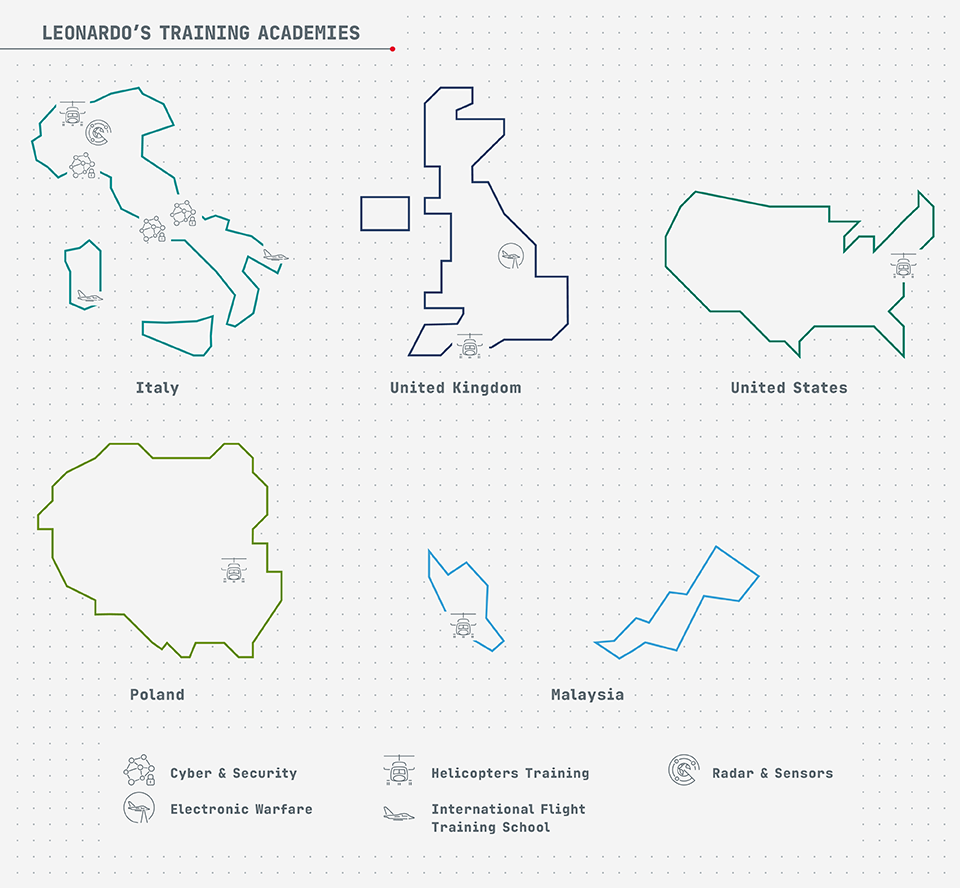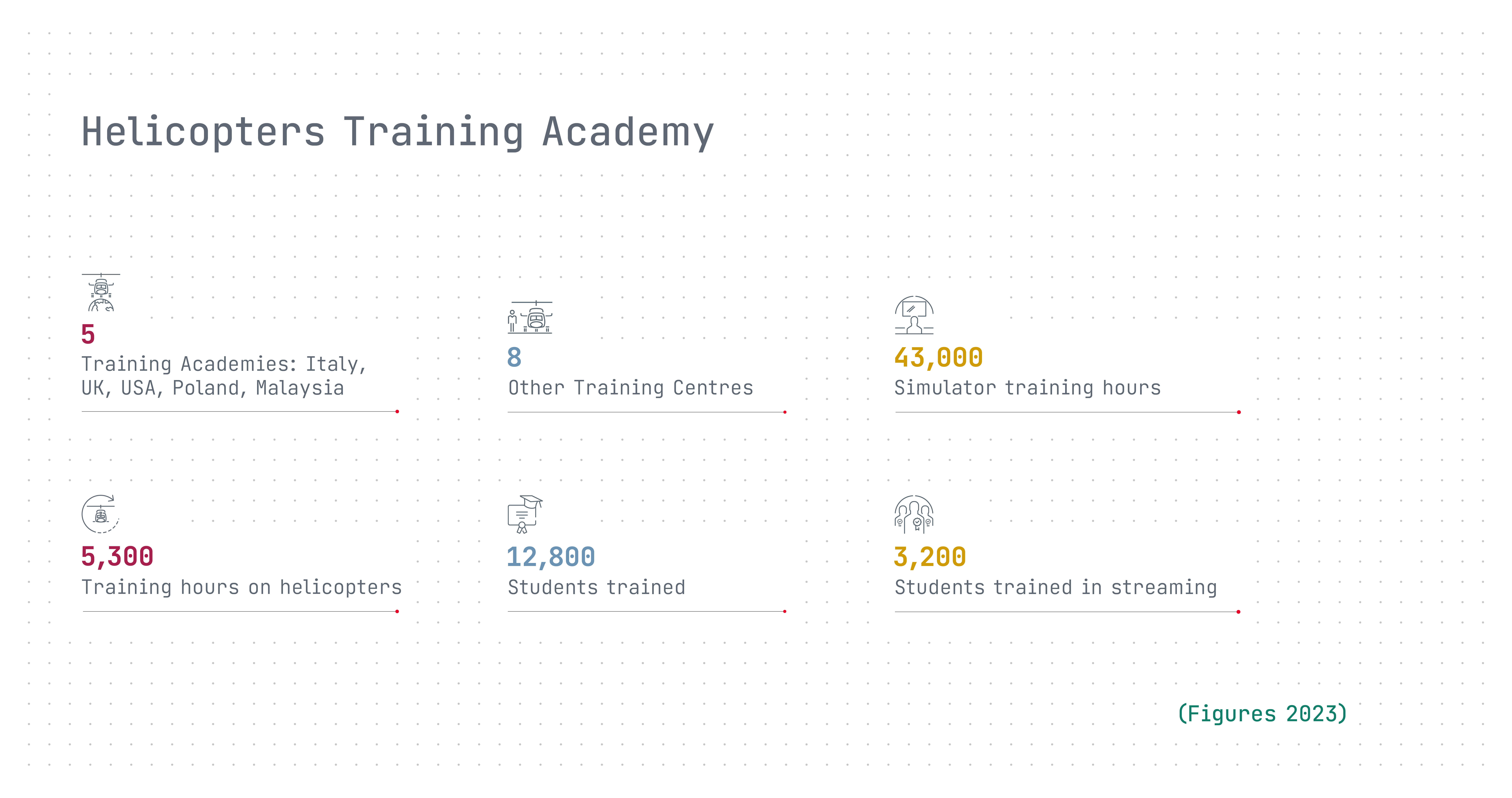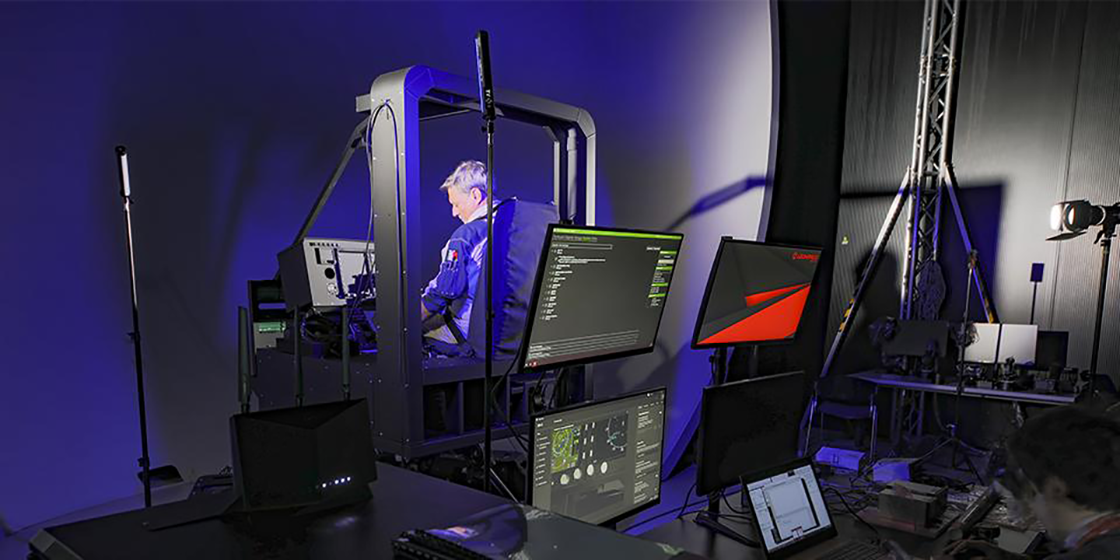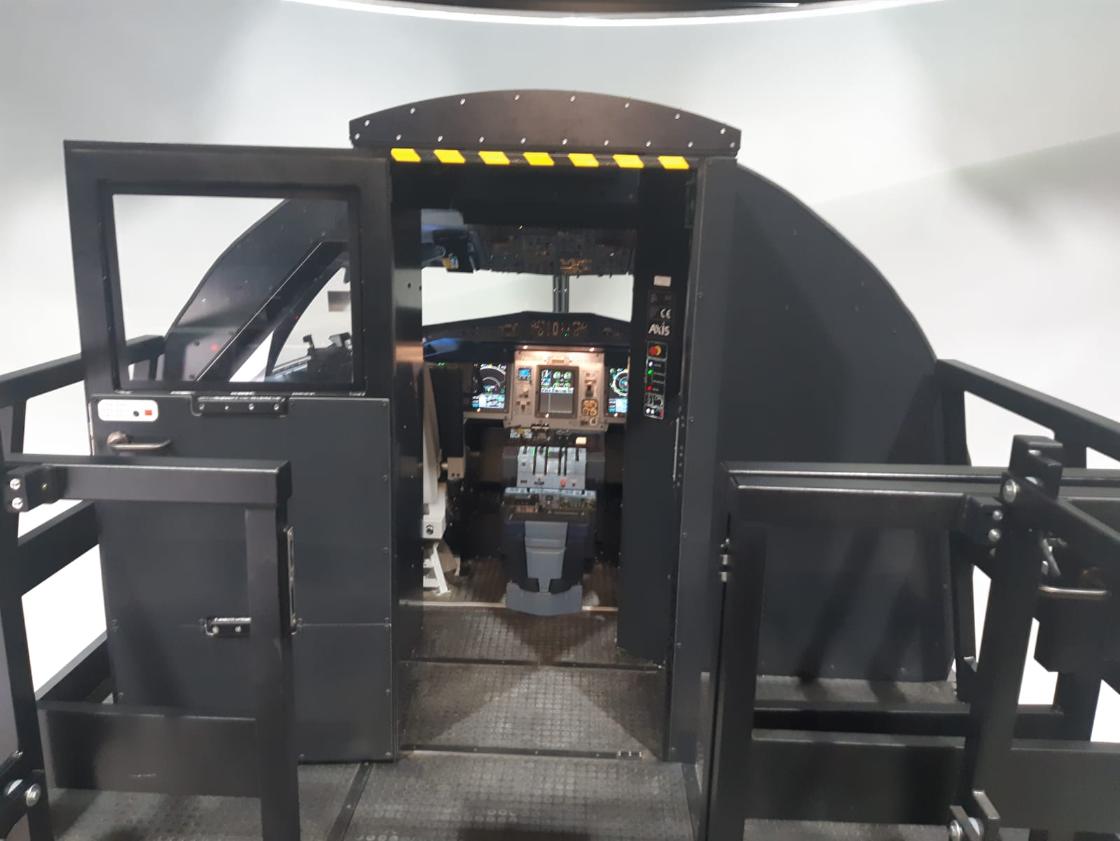Battle Lab: technologies for the aircraft of the future
With a visor it is thus possible to manage the development of the cockpit of the future, combining the physical and virtual worlds, so that all the pilot physically touches is the joystick and throttle. All the rest is virtual, ‘augmented’ and immersive, from eye movement commands to digitalised touch buttons, with full integration into the scenario playing out on the video wall.
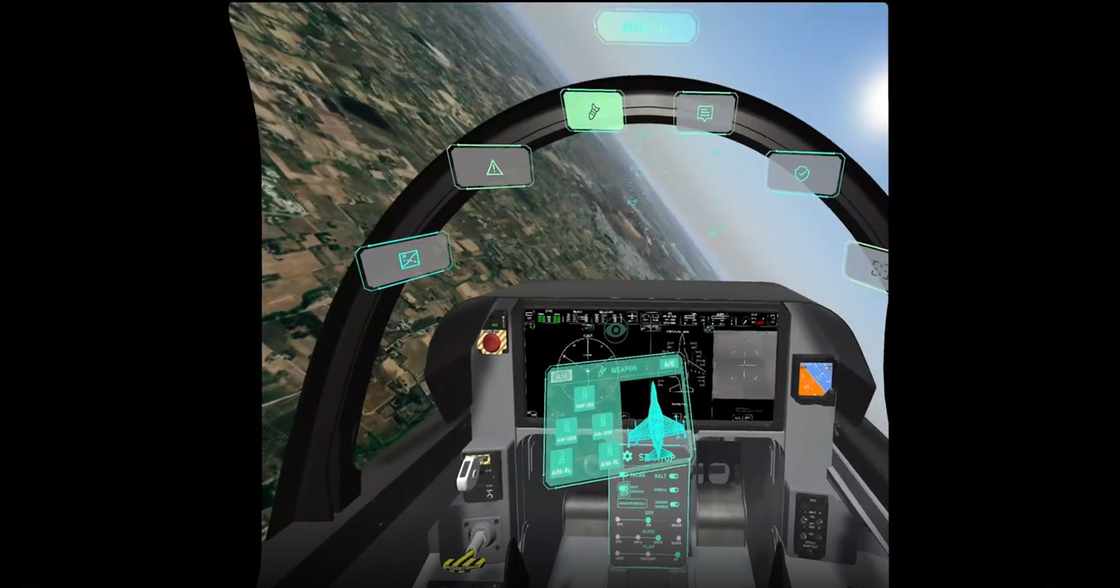
The smart chair developed by Leonardo in the Battle Lab in Turin
This new environment will facilitate the transition to multi-domain scenarios based on sixth-generation technologies and air combat platforms, with a focus on relevant technologies such as artificial intelligence, flight and mission autonomy, and manned-unmanned teaming, of which the GCAP - Global Combat Air Programme represents one of the most innovative international cooperation programmes, enabling definition of the basic elements of a future System of Systems such as a ‘Core Platform’ and ‘Adjunct’ unmanned aircraft.
Finally, by pooling the training competences in the fixed and rotary wing sector, Leonardo can provide the entire range of training services for the maintenance of planes, helicopters, and remotely piloted aircraft, as well as the related systems, in the civil and military fields. The training, aimed at internal resources and end-users of Leonardo’s systems and platforms, operates according to European regulations in the military (EMAR - European Military Airworthiness Requirements) and civil (EASA - European Aviation Safety Agency) fields, respecting the more modern standards in terms of product life cycle (the S-Series issued by ASD - Aerospace, Security and Defence Industry Association of Europe).
Cyber & Security Academy
The Cyber & Security Academy offers institutions, companies and strategic infrastructures access to training and qualifications in security as regards technology, regulations, methodologies and processes, providing the tools to promote a secure digital transition and helping to spread a culture of security.

Cyber and Security Academy
The technological heart of the Academy is the Cyber Range platform. This is a ‘virtual shooting range’ in which to conduct cyber protection drills in complex immersive scenarios involving IT and OT infrastructure – such as a computer network, an energy grid, a transportation grid, or an industrial site – reproduced using digital twins capable of simulating thousands of nodes and hundreds of networks. Cyber Range makes use of mechanisms like those employed in online gaming, such as assigned targets, an established number of attacks, a time limit, and an ability to win prizes. There are three teams in each game session: the red team, consisting of ethical hackers from Leonardo’s Global Security Operation Centre, blue teams of defenders, and white teams of guarantors and judges. Up to five complex scenarios may be simulated at the same time, with multiple teams and dozens of users per team.
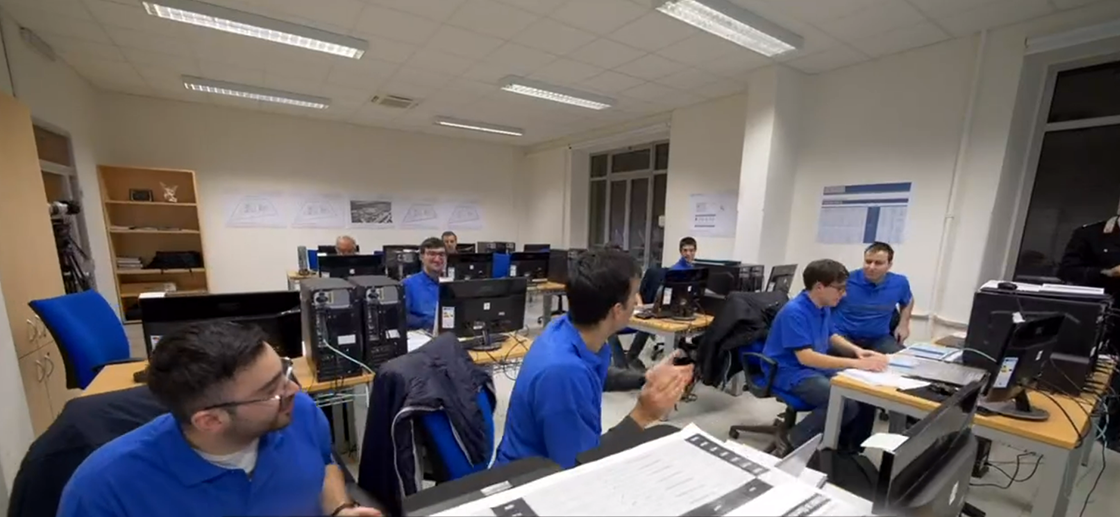
The Cyber Range platform
The digital copy is isolated from the real system, ensuring not only that people can work in person on the system to be protected, but that they can check all parts of that system, including any vulnerabilities, without compromising its real counterpart in any way. Simulated scenarios can be updated constantly on the basis of the latest known cyber threats. This also permits testing and verification of the security procedures and resilience of the simulated infrastructure.
Electronic Warfare Academy
A centre for advanced training in Cyber and Electromagnetic Activities (CEMA), the Electronic Warfare Academy in Lincoln (UK) trains military personnel in managing the most complex operational scenarios. Modern conflicts are of a multi-domain nature (land, air, naval, space, cyber), and this requires field operators to be trained using systems that can integrate the most complex battle scenarios, simultaneously including all types of threats.
Newton, the Electronic Warfare simulation system
The Newton simulation system, developed on the basis of the earlier Tess - Tactical Engagement Simulation Software programme, is used to speed up and validate the development of new electronic warfare technologies, tactics, and techniques. This is a virtual environment, based on physical elements, in which new technologies are digitally modelled and virtually tested, enabling the development of operational tactics and electronic countermeasures – electro-optical (EO), infrared (IR) and radiofrequency (RF) sensors and effectors – in support of research activities and the simulation of pre-operational missions.
Radar & Sensors Academy
In the electronics sector, Leonardo expresses another area of technological excellence recognized worldwide, consisting of the design and production of radar for surveillance applications (air traffic control, naval and land defense) and fire control, as well as the creation of electro-optical equipment and payloads for imaging applications, self-protection systems and IRST (Infra-Red Search and Track). The Radar & Sensors Academy develops specific training courses dedicated to all domains: terrestrial, naval, avionics, electro-optical and IRST, with the aim of strengthening the technical background of specialists and sharing solutions, experiences and models developed over the years. The courses are developed on three levels of increasing complexity, from the basic level to the technical profiles, up to specialized designers. They make use of both the teaching of Leonardo's internal specialists and the collaboration of professors from major Italian universities and include co-participation sessions with customers to share best practices on the main programmes.
